A multi-institutional team of researchers studied how solar radiation from the sun interacts with individual tar balls. This research, featured on the cover of ACS Publications’ Environmental Science & Technology, provides insights into how wildfires influence climate change.
Tag: Michigan Technological University
Artificial Stomach Reveals Fluid Dynamics of Food Digestion
Scientists have extensively studied how gastric juices in the stomach break down ingested food and other substances. However, less is known about how complex flow patterns and mechanical stresses in the stomach contribute to digestion. Researchers built a prototype of an artificial antrum to present a deeper understanding of how physical forces influence food digestion based on fluid dynamics. In Physics of Fluids, they reveal a classifying effect based on the breakup of liquid drops combined with transport phenomena.

What early-budding trees tell us about genetics, climate change
Late frosts caused millions of dollars in losses for orchards. Scientists at Michigan Technological University investigate the genes that tell trees when to bud out and blossom, which enables scientists to modify or select crop varieties more resilient to late frost, warming winters, diseases and pests.

Catching electrons in action in an antiferromagnetic nanowire
The electron is one of the fundamental particles in nature we read about in school. Its behavior holds clues to new ways to store digital data. A new study explores alternative materials to improve capacity and shrink the size of digital data storage technologies. Specifically, the Michigan Tech team found that chromium-doped nanowires with a germanium core and silicon shell can be an antiferromagnetic semiconductor.
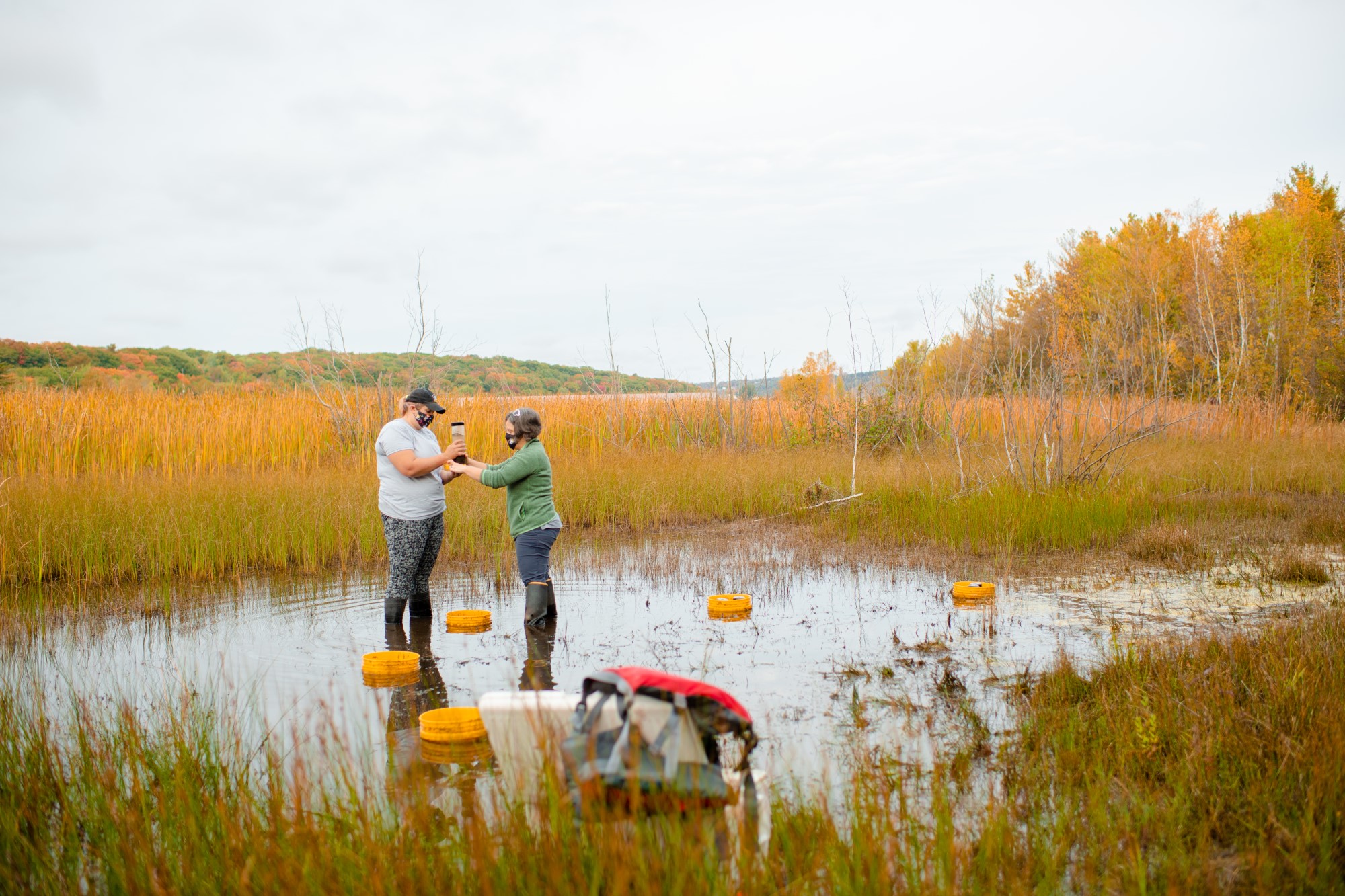
Mothers rebuild: Solutions to overcome COVID-19 challenges in academia
Over the summer and fall, paper after paper revealed that mothers are one of the demographics hardest hit by the pandemic. However, none brought solutions to the forefront of the conversation, so 13 researchers—all moms themselves—penned a roadmap for policies to support mothers in academia.

Geological engineers create landslide atlas of Kerala, India
The Landslide Atlas of Kerala sets a new standard for determining risk in a landslide-prone region and will help the residents and policymakers of the state make decisions to better mitigate life-threatening disasters.

Cooperative eco-driving automation improves energy efficiency and safety
Connected, automated vehicles promise to save energy and improve safety. Michigan Tech engineers propose a modeling framework for cooperative driving. Simulation results show that the cooperative automated eco-driving algorithm saves energy — 7% under light traffic and 23% under heavy traffic.
MTU Experts in Snow, Solar, and Power Outages
Michigan Technological University resides in the Keweenaw, a part of Michigan’s Upper Peninsula that gets more than 200 inches of snow every winter. Michigan Tech researchers—engineers, sociologists, computer scientists—study renewable energy grids, their strengths and weaknesses, community resilience and impact…

Solar awnings over parking lots help companies and customers
Michigan Tech engineers look into the untapped potential of parking lots in a study that investigates the energy-related benefits of developing charging stations powered with solar canopies built into the parking infrastructure of large-scale retailers like Walmart.

Shining a light on the true value of solar power
For years some utility companies have worried that solar panels drive up electric costs for the people who don’t have panels. Michigan Tech renewable energy researchers has shown the opposite is actually true — grid-tied solar photovoltaic (PV) owners are actually subsidizing their non-PV neighbors.

No more material world? Post-pandemic consumerism can expect a seismic shift
For many people in the world today, life is now divided clearly into two eras: before and after COVID-19. This epochal demarcation will shift how people buy and consume goods.
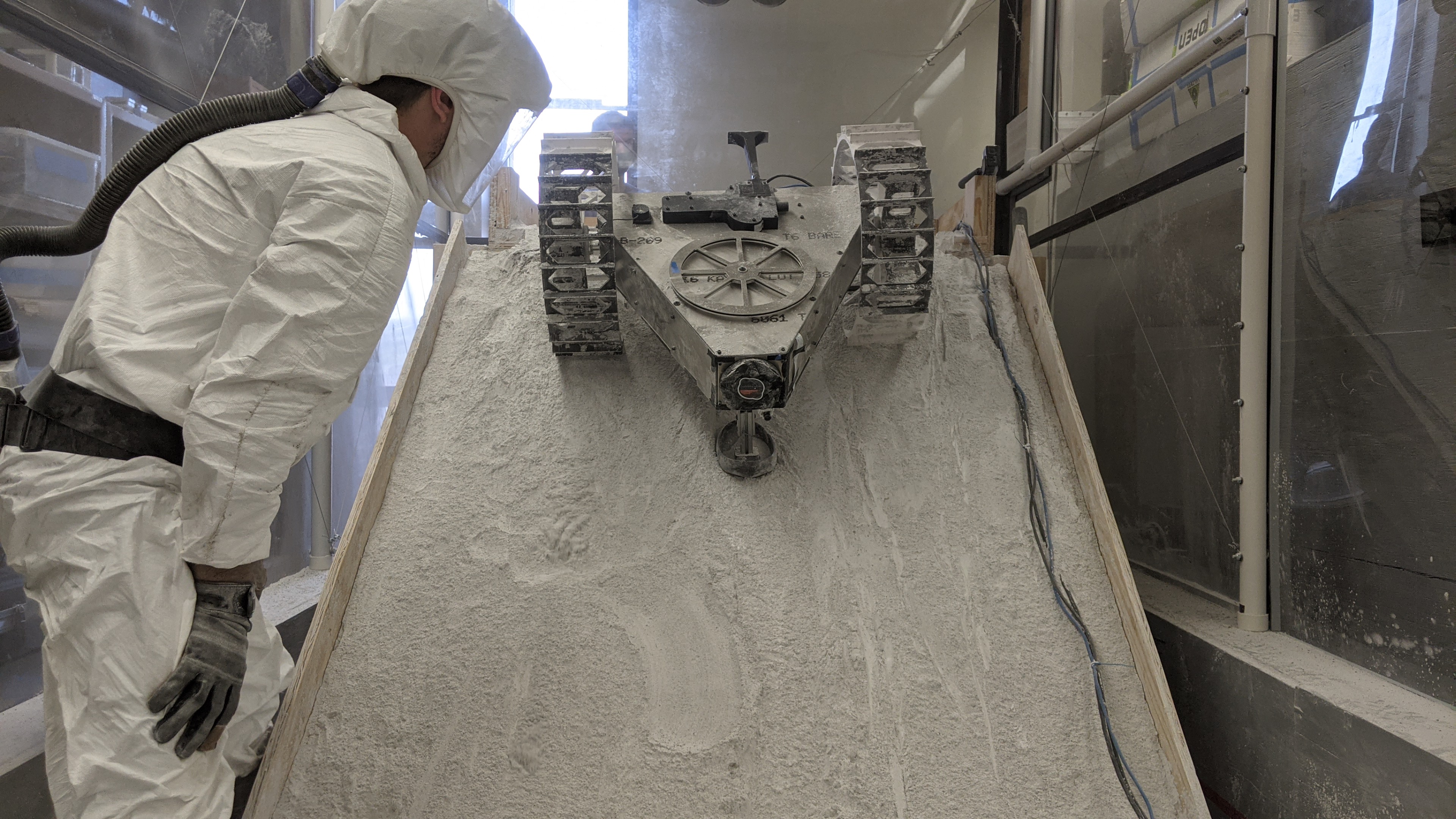
MTU students win NASA’s BIG Idea Challenge
MTU students took home top honors — the Artemis Award — in NASA’s Breakthrough, Innovative and Game-changing (BIG) Idea Challenge. Eight university teams competed in the BIG Idea Challenge for 2020, called the Lunar PSR Challenge. The goal? Demonstrating different technologies and designs to study and explore the moon’s permanently shadowed regions (PSRs), which NASA officials note are a formidable challenge for space exploration.
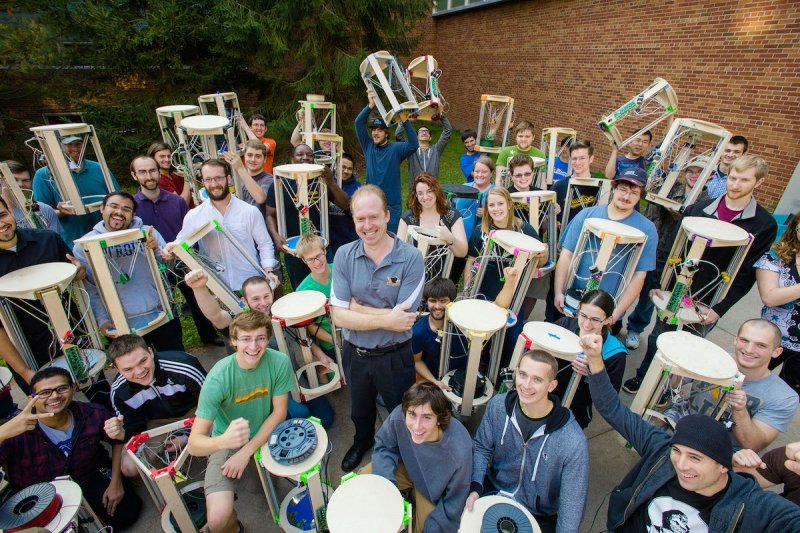
Open-Source Maker, Mover and Shaker Takes Share-Everything Philosophy to the Mainstream
Forget dog-eat-dog. We’re hardwired to cooperate, says Michigan Tech engineer and educator Joshua Pearce. His new book tells—and shows—how to survive and thrive by sharing not just a little bit, but aggressively and widely.
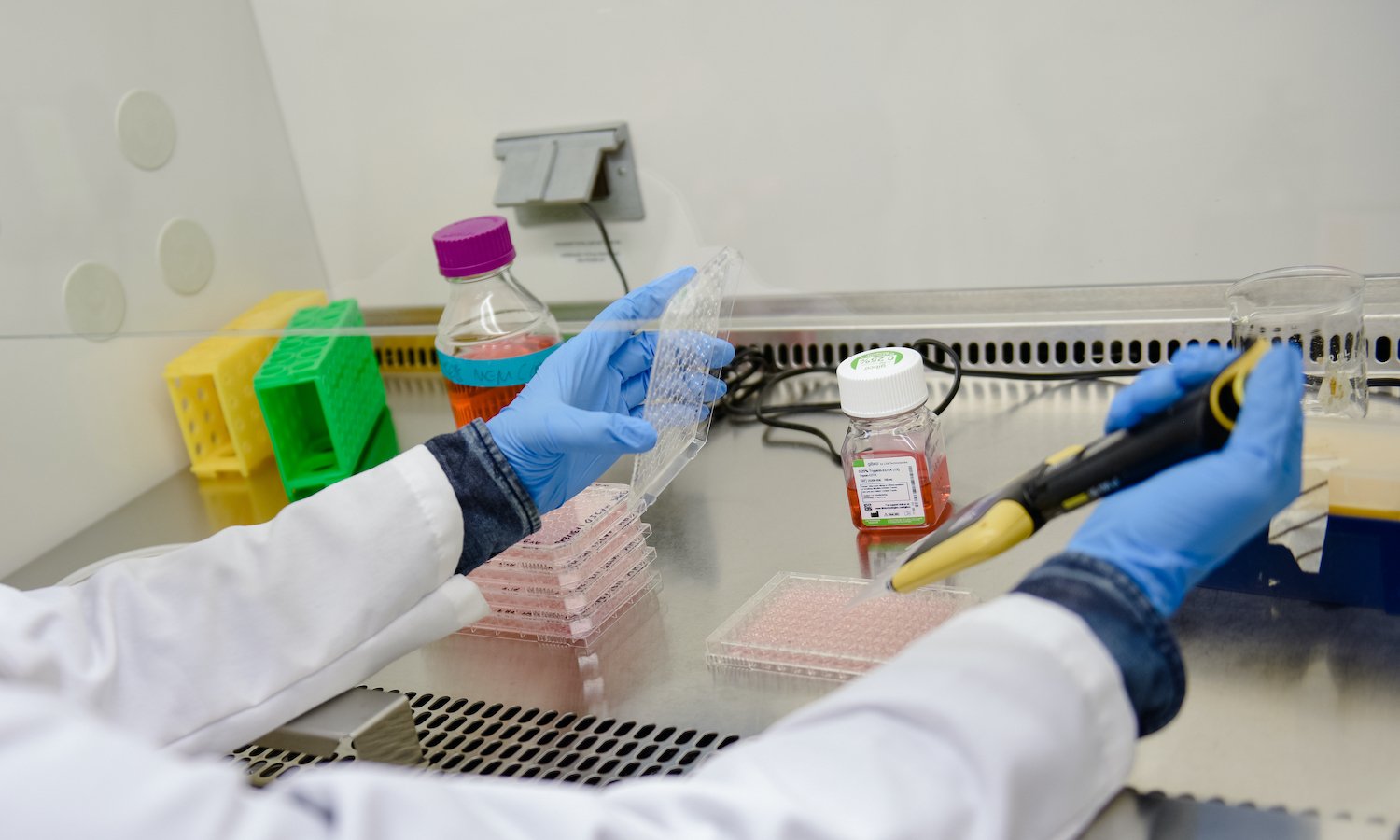
MTU, UMass researchers preserve viral vaccines without refrigeration
Half of vaccines are wasted annually because they aren’t kept cold. Michigan Tech and UMass Amherst chemical engineers have discovered a way to stabilize viruses in vaccines with proteins instead of temperature.

Migration and Molt Affect How Birds Change Their Colors
Before the journey, many birds molt their bright feathers, replacing them with a more subdued palette. Watching this molt led scientists to wonder how feather color changes relate to the migrations many birds undertake twice each year.
Smart cruise control steers drivers toward better decisions
Smart cruise control, better human decisions. Michigan Tech engineers study how cars and trucks move cooperatively on the road, respond to each other’s environmental sensors and react as a group to lessen traffic jams and protect the humans inside.
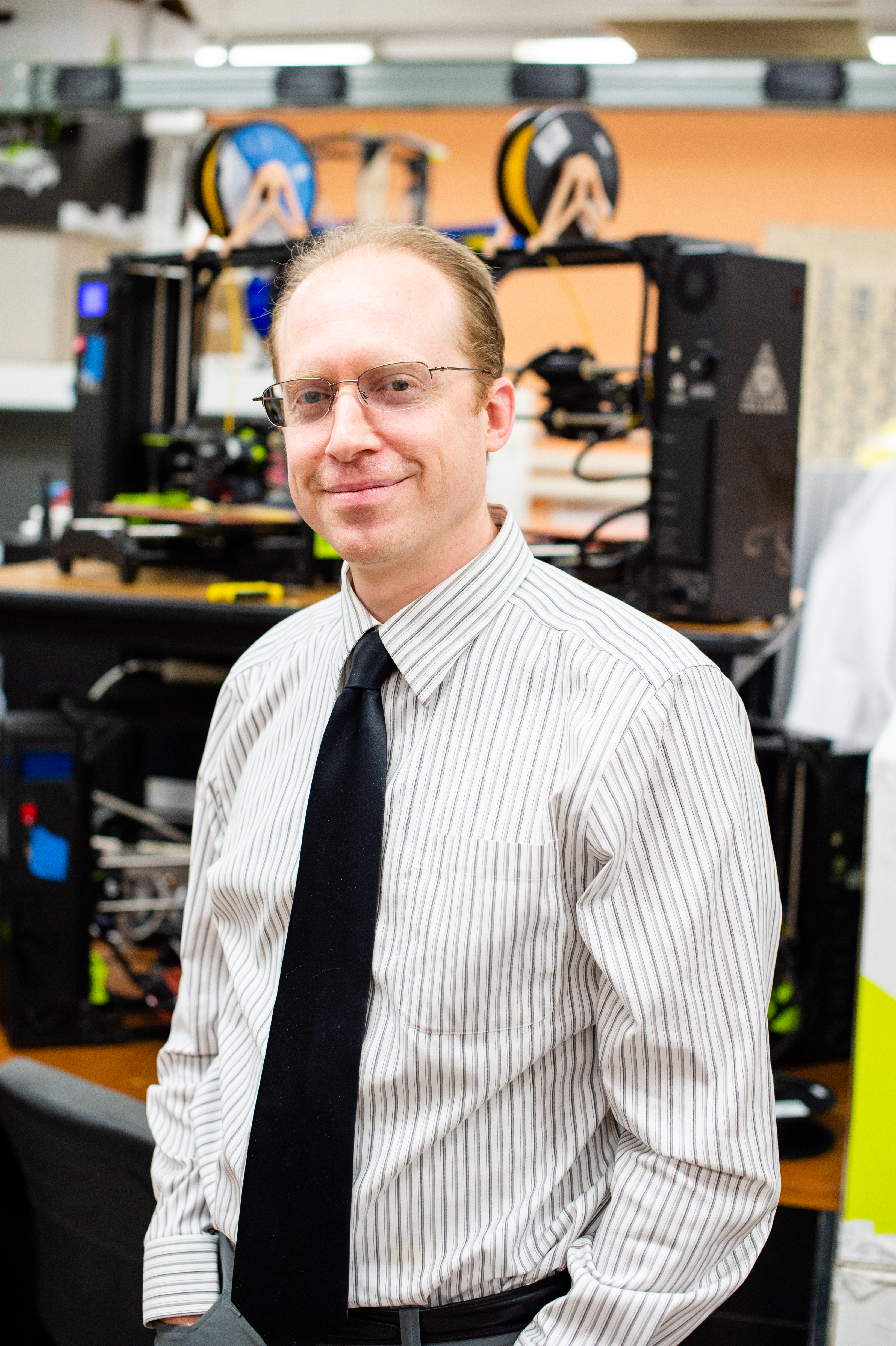
MTU engineer makes open-source, 3D printed tools for COVID-19
There is a desperate need for low-cost hardware to deal with COVID-19 all over the world. Today, with the evolution of digital manufacturing technologies such as 3D printers and circuit milling systems, humanity can share designs with others who can…

Turbulence affects aerosols and cloud formation
Turbulent air in the atmosphere affects how cloud droplets form. New research from Michigan Technological University’s cloud chamber changes the way clouds, and therefore climate, are modeled.

New Great Lakes modeling improves operational forecast system
Forecasting the water levels, temperatures, and currents of the Great Lakes is important because conditions on the lakes affect commerce, recreation, and community well-being. These forecasts comprise the Great Lakes Operational Forecast System (GLOFS), an automated model-based prediction system operated by the National Oceanic and Atmospheric Administration (NOAA). Michigan Tech helps NOAA improve the GLOFS model.
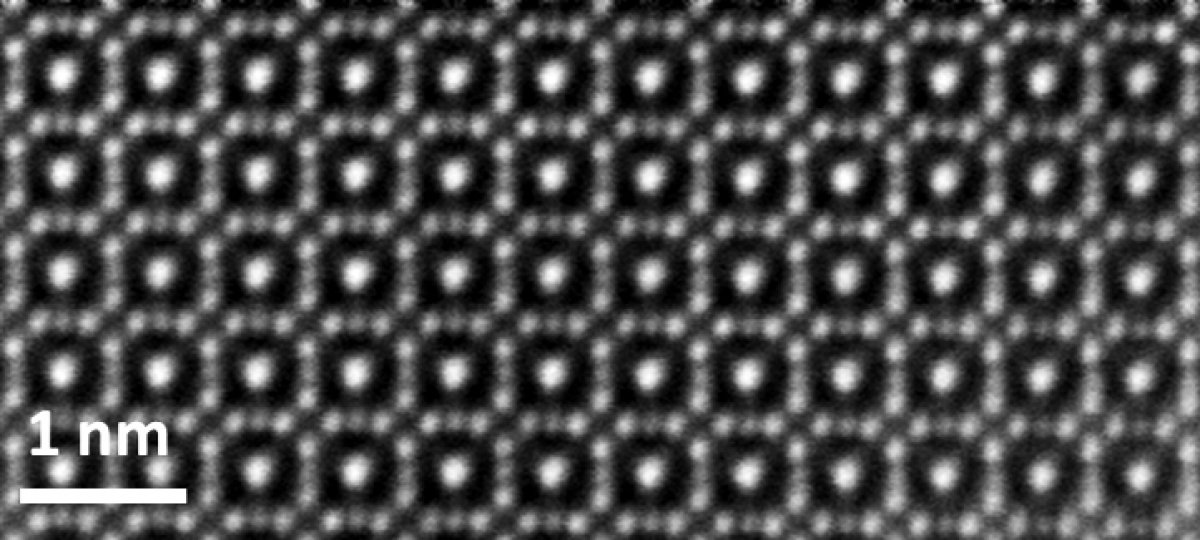
MTU and Argonne engineers improve signal processing for smaller fiber optic cables
Small circuits can go the distance. Researchers at Michigan Tech have mapped a noise-reducing magneto-optical response that occurs in fiber-optic communications, opening the door for new materials technologies.
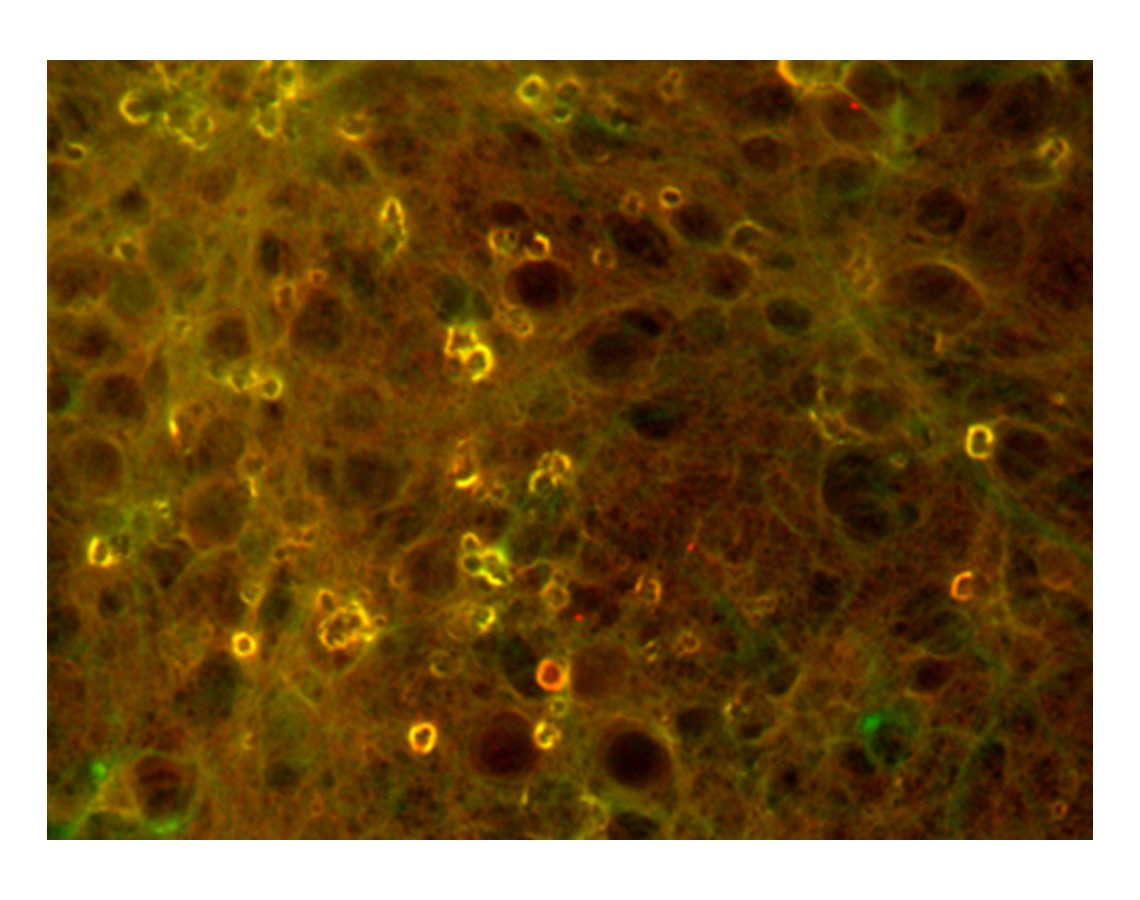
Protein Shapes Matter in Alzheimer’s Research
Even small changes may have big, long-term consequences. For amyloid beta peptides, a major hallmark of Alzheimer’s disease, a common chemical modification at a particular location on the molecule has a butterfly effect that leads to protein misfolding, aggregation and cellular toxicity.
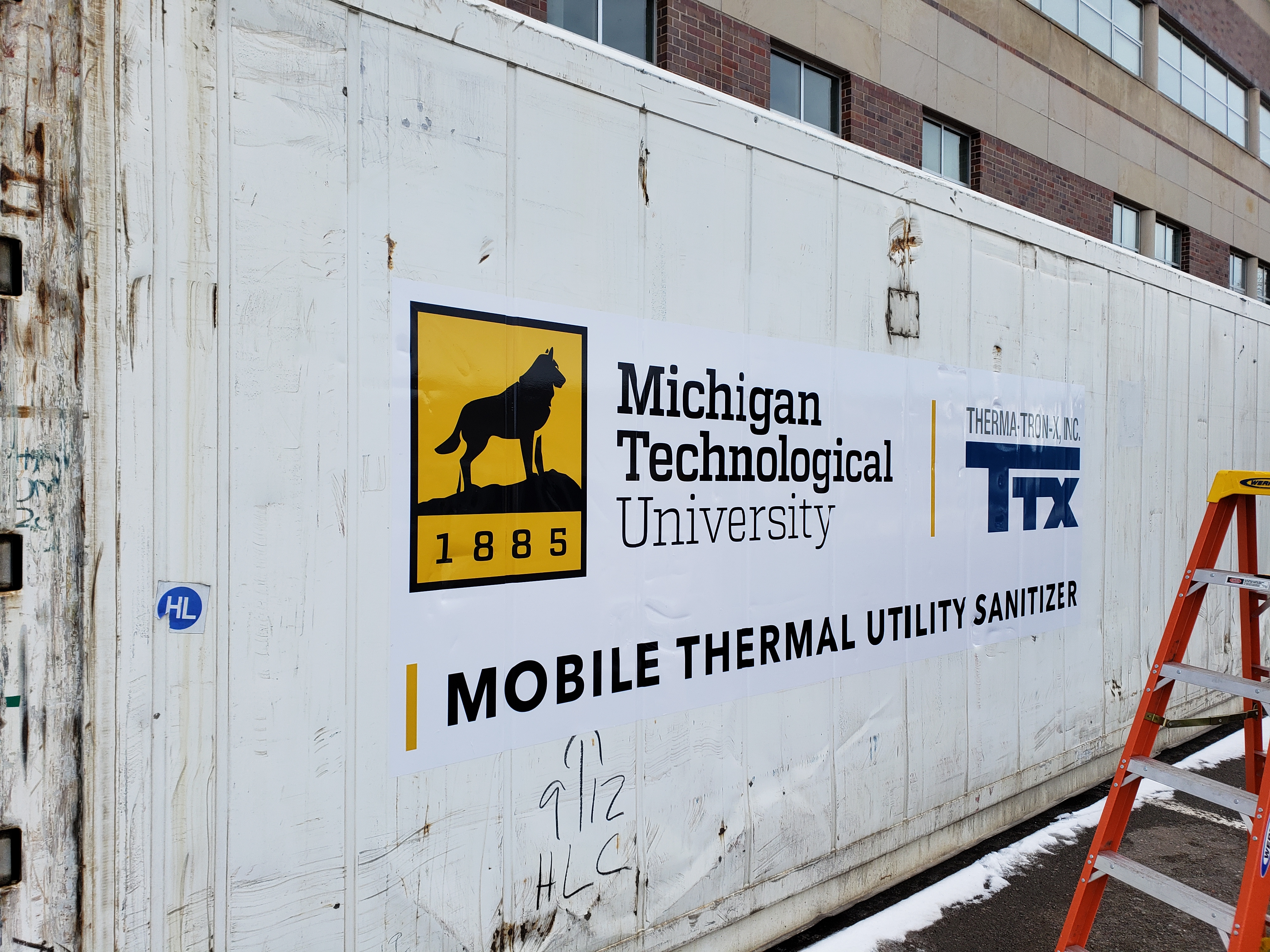
MTU Engineers Build Mobile Unit to Clean COVID-19 PPE
A refrigerated shipping container. Commercial-grade baking sheets. A modified oven. These are the off-the-shelf parts of a prototype that uses heat to sanitize personal protection equipment (PPE).
MTU Engineering Team Joins Open-source Ventilator Movement
HardwareX has an open call for papers to build an open-source, 3D-printed ventilator and other COVID-19 medical hardware. They need ideas, printers, medical experts and a synthetic lung.
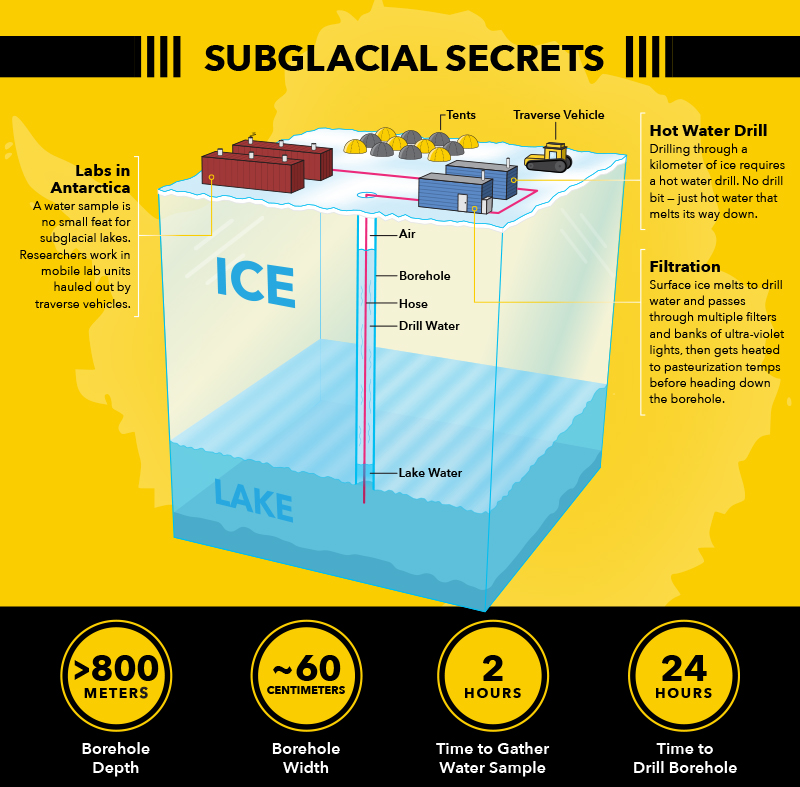
Almost Alien: Antarctic Subglacial Lakes are Cold, Dark and Full of Secrets
More than half of the planet’s fresh water is in Antarctica. While most of it is frozen in the ice sheets, underneath the ice pools and streams of water flow into one another and into the Southern Ocean surrounding the continent. Understanding the movement of this water, and what is dissolved in it as solutes, reveals how carbon and nutrients from the land may support life in the coastal ocean.
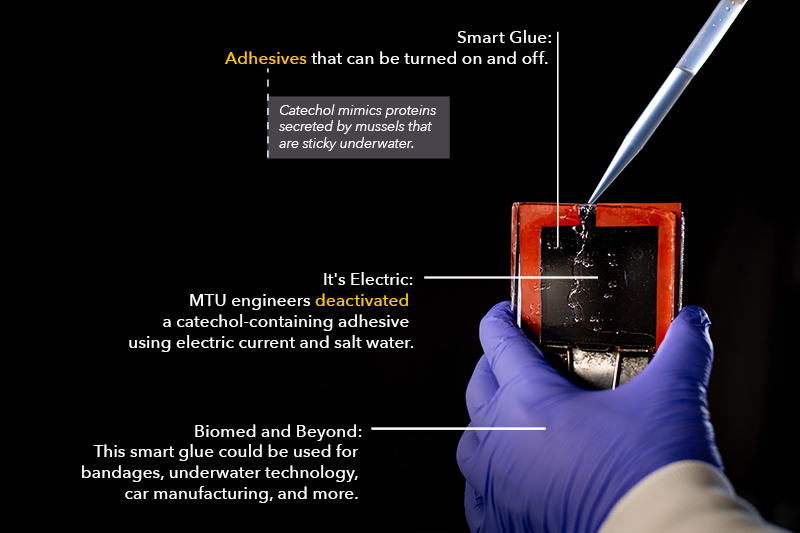
MTU Engineers Zap and Unstick Underwater Smart Glue
Turning adhesion on and off is what makes a glue smart. Inspired by nature, catechols are synthetic compounds that mimic the wet-but-still-sticky proteins found in mussel feet and offer promise for underwater glue, wound dressings, prosthetic attachments or even making car parts and in other manufacturing. A Michigan Tech team has used electricity for the first time to deactivate a catechol-containing adhesive in salt water.
MTU Crew Goes BIG for NASA’s Lunar Projects
NASA’s BIG Idea Challenge funds eight university teams to work on lunar payloads and study the Moon’s darkest reaches. A student team at Michigan Technological University takes their rover technology to the “dark side”. Not for evil — the polar craters…
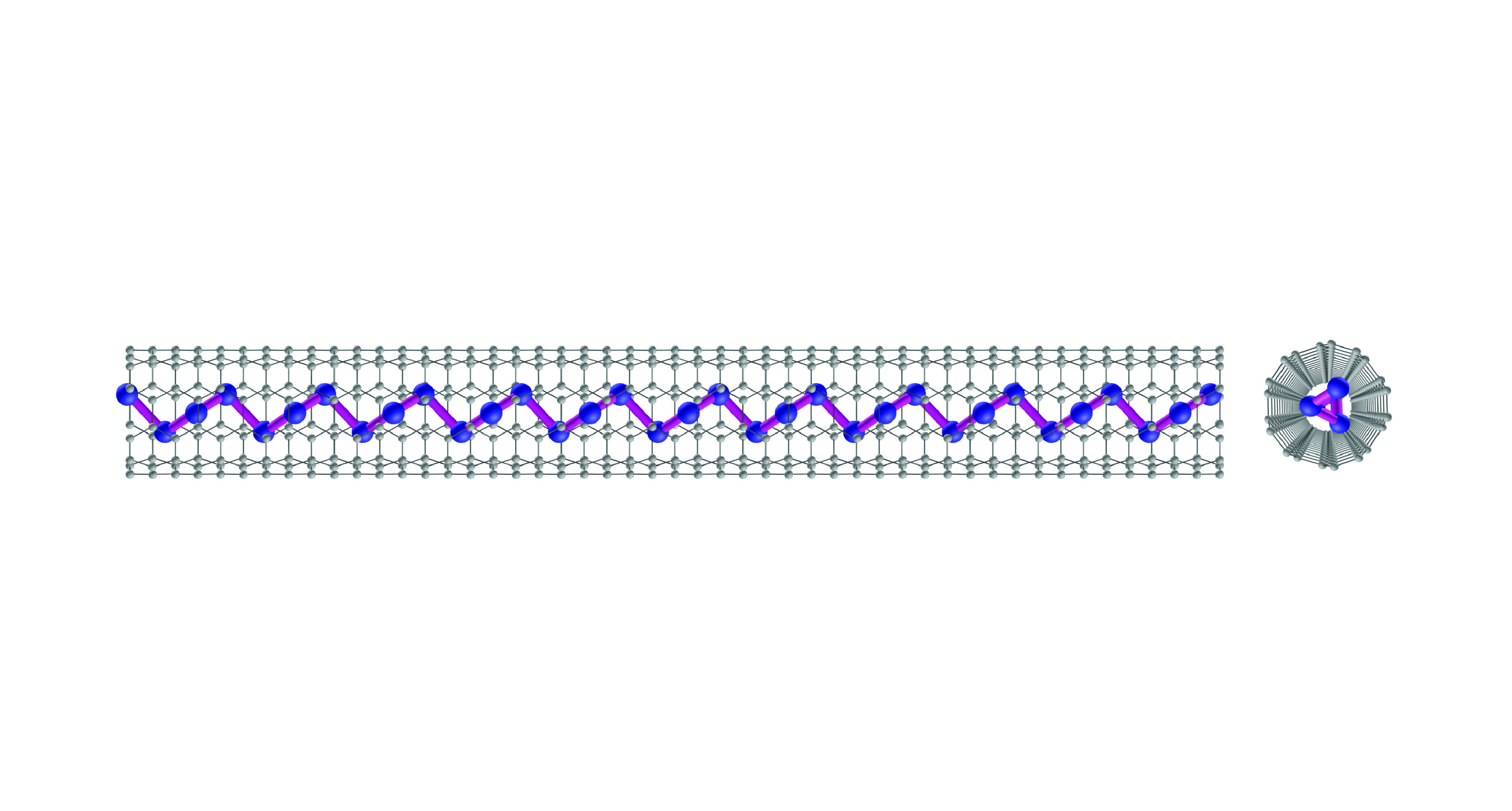
New threads: Nanowires made of tellurium and nanotubes hold promise for wearable tech
Wearable tech requires both strength and flexibility. A new nanowire design — a boron nitride nanotube (BNNT) filled with tellurium atomic chains — holds promise for electronics triggered by light and pressure. In collaboration with Purdue University, Washington University and University of Texas at Dallas, Michigan Tech physicists created and tested the new nanowire alongside carbon nanotubes.
MTU virologist offers insight on how coronavirus chemistry helps us understand its spread
The protein make up of the new Wuhan coronavirus, 2019-nCoV, can tell us a lot about the similarities and differences between the new virus, SARS and MERS. Ebenezer Tumban is a virologist who studies the chemistry of different infectious viral…
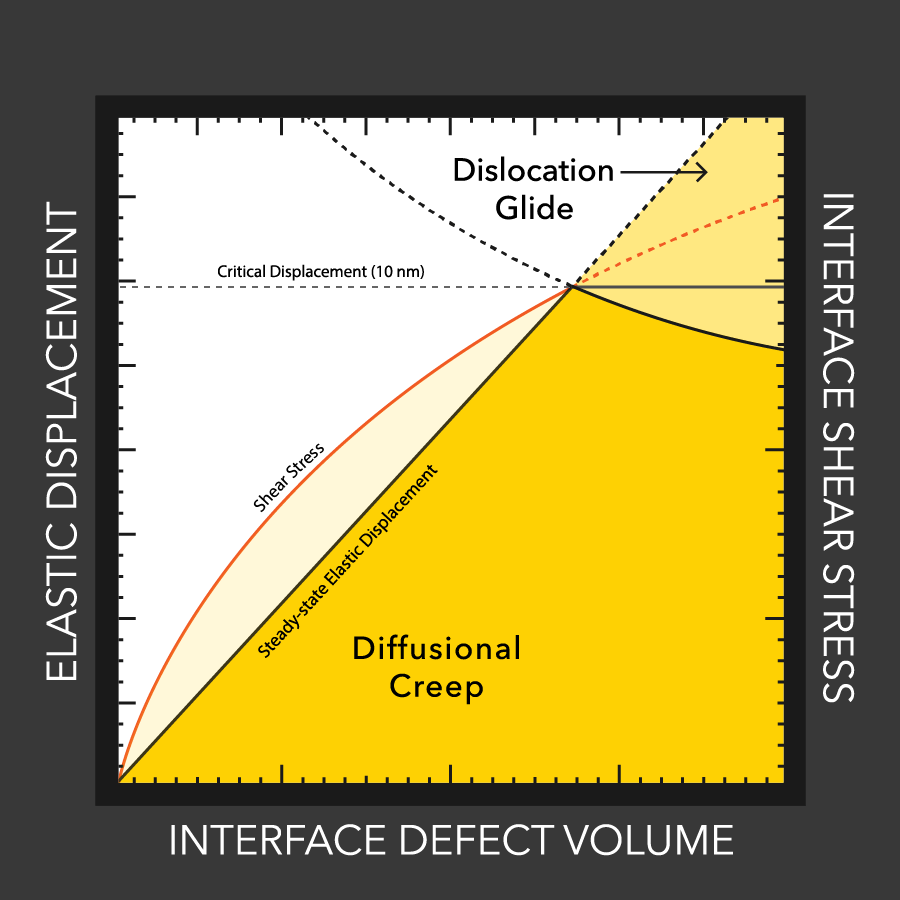
MTU engineers examine lithium battery defects
Lithium dendrites cause poor performance and even explosions in batteries with flammable liquid electrolytes. How these dendrites grow, even with a solid electrolytes, is still a mystery, but materials engineers at MTU and Oak Ridge study the conditions that enable dendrites and how to stop them.

Siting Cell Towers Needs Careful Planning
The health impacts of radio-frequency radiation (RFR) are still inconclusive, but the data to date warrants more caution in placing cell towers. An engineering team from Michigan Tech considers the current understanding of health impacts and possible solutions, which indicate a 500 meters (one third of a mile) buffer around schools and hospitals may help reduce risk for vulnerable populations.